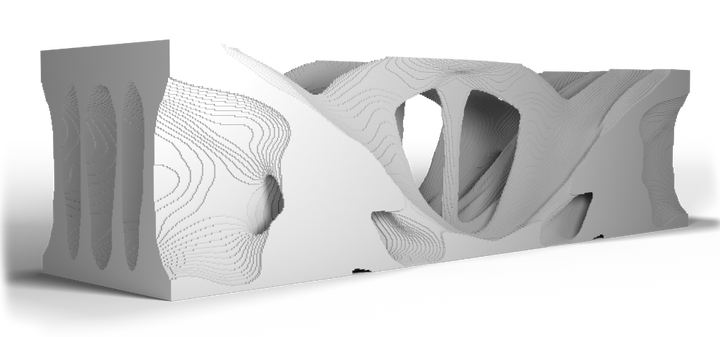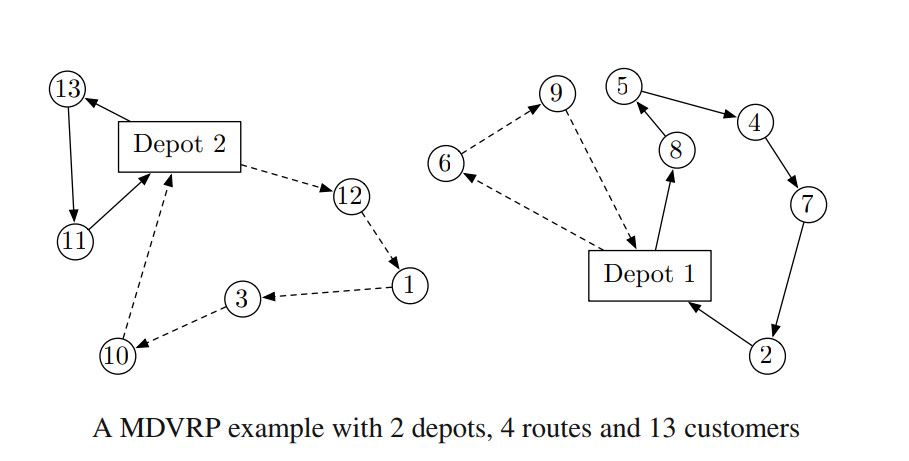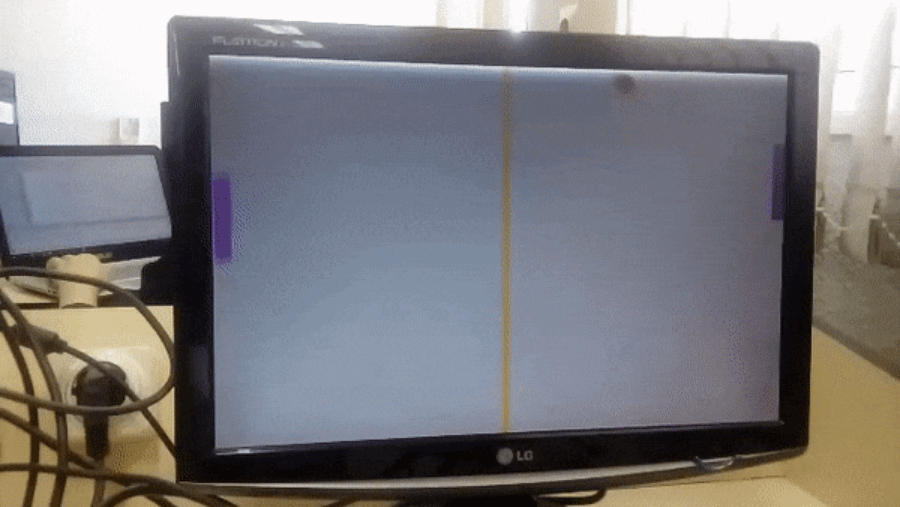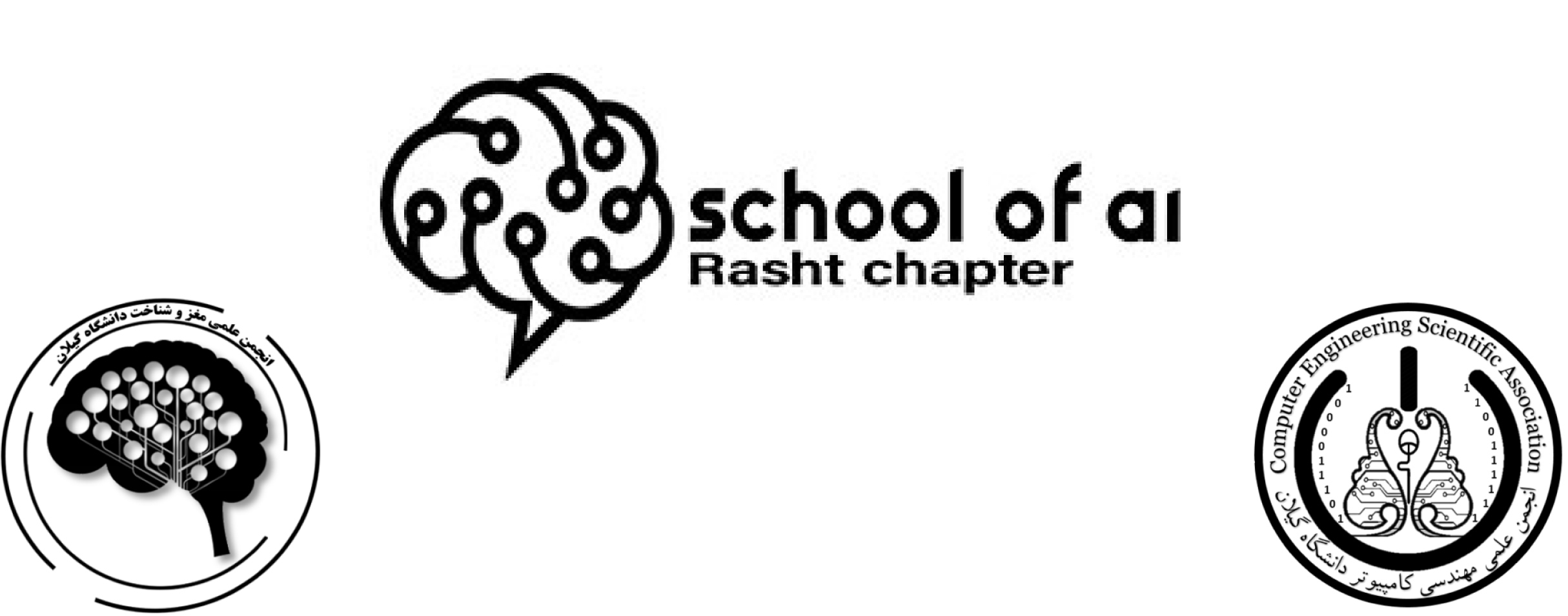Topology Optimization via Frequency Tuning of Neural Design Representations
Nikan Doosti,
Julian Panetta,
Vahid Babaei

Abstract
Structural topology optimization seeks to distribute material throughout a design domain in a way that maximizes a certain performance goal. In this work, we solve the topology optimization problem by parameterizing the designs via recently introduced coordinate-based neural networks. Specifically, we show that networks with Fourier feature mapping can achieve state-of-the-art performance. Our method enables the realization of a range of designs using a single mesh via tuning the frequency content of the solutions independently of the finite element discretization grid. This frequency control offers attractive properties, such as mesh-independent results and sub-pixel filtering that leads to appropriate designs for upsampling. We demonstrate our method on the compliance minimization problem, optimizing for the stiffest possible structure within a weight budget for a prescribed set of loads.
Conference: SCF '21 - ACM Symposium on Computational Fabrication, USA, October 2021
@inproceedings{10.1145/3485114.3485124,
author = {Doosti, Nikan and Panetta, Julian and Babaei, Vahid},
title = {Topology Optimization via Frequency Tuning of Neural Design Representations},
year = {2021},
isbn = {9781450390903},
publisher = {Association for Computing Machinery},
address = {New York, NY, USA},
url = {https://doi.org/10.1145/3485114.3485124},
doi = {10.1145/3485114.3485124},
abstract = { Structural topology optimization seeks to distribute material throughout a design
domain in a way that maximizes a certain performance goal. In this work, we solve
the topology optimization problem by parameterizing the designs via recently introduced
coordinate-based neural networks. Specifically, we show that networks with Fourier
feature mapping can achieve state-of-the-art performance. Our method enables the realization
of a range of designs using a single mesh via tuning the frequency content of the
solutions independently of the finite element discretization grid. This frequency
control offers attractive properties, such as mesh-independent results and sub-pixel
filtering that leads to appropriate designs for upsampling. We demonstrate our method
on the compliance minimization problem, optimizing for the stiffest possible structure
within a weight budget for a prescribed set of loads.},
booktitle = {Symposium on Computational Fabrication},
articleno = {1},
numpages = {9},
keywords = {Topology optimization, neural networks, generative design},
location = {Virtual Event, USA},
series = {SCF '21}
}

screening01.jpg)



